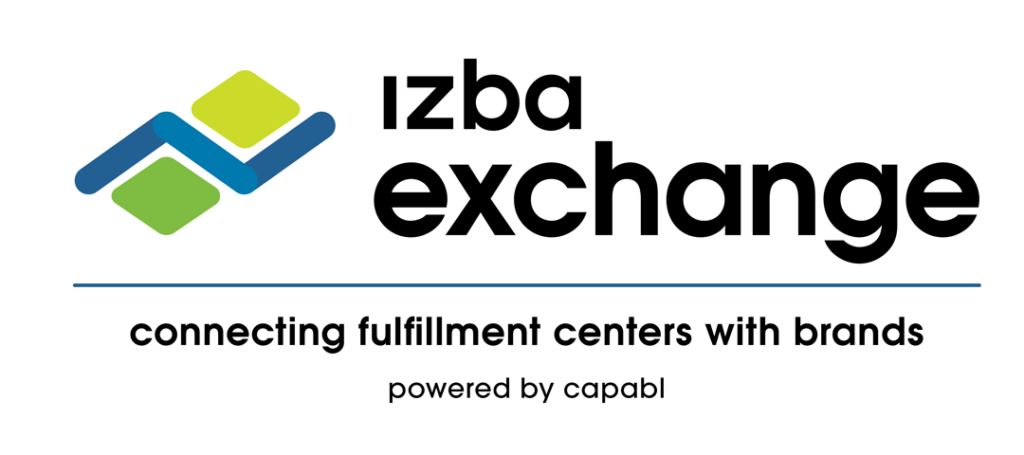Scaling a business is one of the most exciting yet challenging phases for any company. To achieve sustainable growth, businesses must establish efficient processes that can handle increased demand. Supply chain optimization is a critical component, providing the foundation needed to double revenue without compromising quality or service.
Innovation Process Steps for Scalability
Scaling a business requires intentional and systematic changes to operations. Implementing innovative steps ensures your supply chain can handle increased demand while maintaining efficiency and quality. Here’s how to get started:
1. Mapping Your Supply Chain
- Why It Matters: A visual representation of your supply chain provides a comprehensive understanding of how goods flow from suppliers to customers. It helps identify bottlenecks, redundancies, and potential risks.
- How to Do It:
- Use tools like flowcharts or supply chain mapping software to outline each step in your process.
- Highlight critical touchpoints, such as procurement, manufacturing, storage, and distribution.
- Identify areas prone to delays or disruptions, such as dependencies on single suppliers or long transit times.
- Benefits: Mapping enables proactive risk management, improves transparency, and lays the groundwork for scalable operations.
2. Streamlining Operations with Automation
- Why It Matters: Manual processes are prone to errors and inefficiencies. Automation improves accuracy, speeds up workflows, and frees up human resources for higher-value tasks.
- How to Do It:
- Identify repetitive tasks like inventory tracking, order fulfillment, or invoice processing.
- Implement technologies such as robotic process automation (RPA), AI-driven inventory management systems, and automated packaging equipment.
- Use software like enterprise resource planning (ERP) systems to integrate and manage operations seamlessly.
- Benefits: Automation reduces costs, minimizes errors, and enhances scalability, ensuring your operations can handle growth without sacrificing quality.
3. Enhancing Vendor Collaboration
- Why It Matters: Strong supplier relationships ensure reliability, consistency, and flexibility, all of which are crucial during periods of growth.
- How to Do It:
- Foster open communication with suppliers about your growth plans, anticipated demand changes, and quality expectations.
- Use collaboration tools like supplier portals or cloud-based supply chain platforms to share real-time data.
- Establish performance metrics and conduct regular reviews to align on goals and address issues proactively.
- Benefits: Collaborative partnerships improve supply chain stability, foster innovation, and create win-win opportunities for both parties.
Key Strategies for Supply Chain Optimization
Optimizing your supply chain is critical to managing costs, improving customer satisfaction, and scaling effectively. These strategies are designed to make your supply chain more efficient and adaptable:
1. Implement Lean Practices
- Why It Matters: Lean practices focus on minimizing waste and maximizing value. This approach improves efficiency and reduces costs, allowing your supply chain to operate more effectively.
- How to Do It:
- Conduct a value stream mapping exercise to identify non-value-adding activities.
- Introduce “just-in-time” inventory management to reduce excess stock while ensuring timely delivery.
- Optimize workflows by reducing unnecessary steps, standardizing processes, and leveraging cross-functional teams.
- Benefits: Lean practices reduce operational costs, shorten lead times, and create a more agile and efficient supply chain.
2. Build Agile Forecasting Models
- Why It Matters: Accurate demand forecasting ensures you can meet customer needs without overproducing or carrying excessive inventory. Agile models allow businesses to respond quickly to market changes and avoid disruptions.
- How to Do It:
- Utilize advanced analytics tools and machine learning algorithms to analyze historical sales data, market trends, and external factors like seasonality or economic conditions.
- Regularly update forecasts to account for real-time data and changes in customer behavior.
- Incorporate scenario planning to prepare for potential disruptions or demand spikes.
- Benefits: Agile forecasting minimizes stockouts and overstocking, improves cash flow, and enables a faster response to market changes.
Scaling is about more than just growing revenue—it’s about doing so sustainably. By focusing on supply chain optimization and following structured innovation steps, businesses can achieve their growth goals while maintaining operational excellence.
Are you ready to scale your business efficiently and sustainably? 🚀 Start by optimizing your supply chain and implementing innovative strategies that will allow you to meet growing demand without sacrificing quality. Whether it’s mapping your supply chain, automating operations, or enhancing vendor relationships, we’re here to help you every step of the way.
👉 Contact Izba today to learn how we can guide you through the process of scaling your business with optimized supply chain strategies. Together, we’ll build a solid foundation for long-term success!




